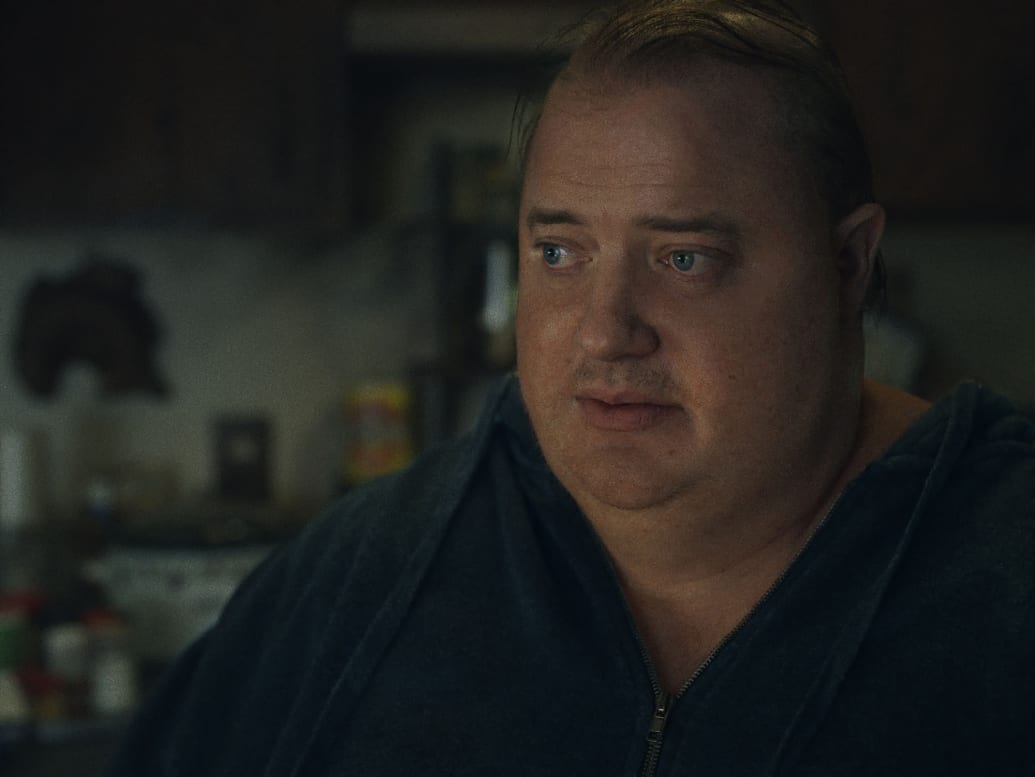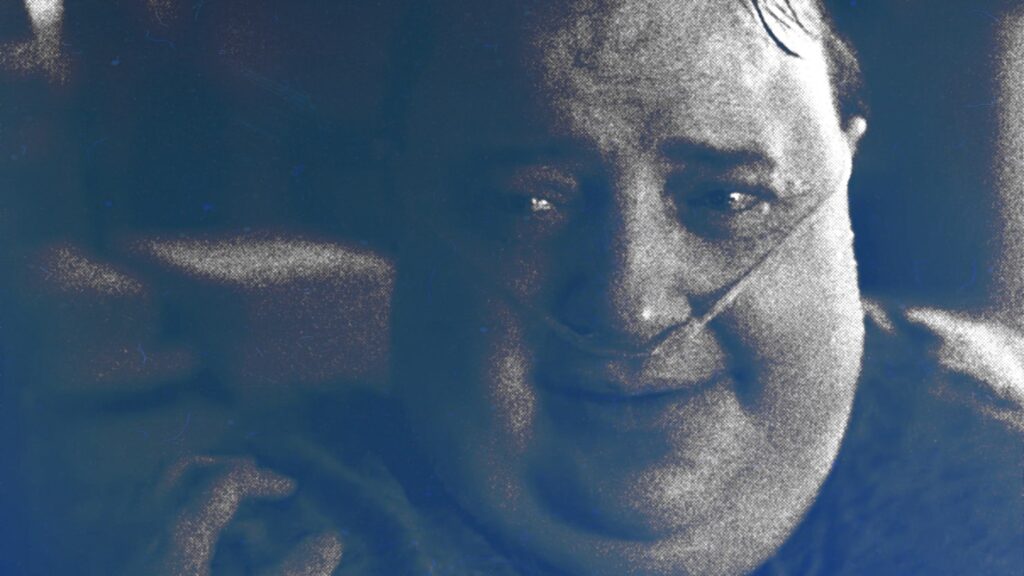I remember it like it was yesterday. It was a warm day and I was at a friend’s house after school, soaking up the sun. Then came the inevitable time that every overweight child dreads—it was time to go in the hot tub. I felt confident on that fateful day, though there was still considerable trepidation, and I was last to get in the tub. As I got in, everyone started snickering, exchanging knowing glances with everyone but me. Any confidence I had immediately vanished, and I felt not just completely alone, but also utterly disgusted with my fat body.
I’m glad to say things have changed in the years since then, and I’m more comfortable in my body than I’ve ever been. But I’m still regularly haunted by that fateful day and other ones like it. Being fat is a strange thing, and the word itself is almost treated like a swearword. Even mentioning you’re fat to someone can result in a tidal wave of shock, and people respond instantaneously with “No you aren’t!” as if it isn’t just an objective fact. It’s hard not to feel ostracized sometimes, as you constantly feel like you must justify yourself in the world with thoughts like, “at least I’m not that fat”—whatever that means.
Darren Aronofsky’s The Whale has generated plenty of conversation and controversy for its own portrayal of fatness. It is not, in fact, about a literal whale; my mother asked me if it was a documentary, which, while amusing, is a totally valid response. Instead, the film, based on Samuel D. Hunter’s play (Hunter also wrote the film’s script), follows Oscar-favorite Brendan Fraser as Charlie, a reclusive English teacher living alone in his Idaho apartment. Charlie also weighs around 600 pounds and struggles to do much of anything for himself.
He’s visited daily by his dear friend Liz (Hong Chau), a nurse who does everything in her ability to make Charlie as comfortable and functional as possible. Charlie’s health is poor, and he won’t go to the hospital, despite Liz’s constant pleas. As Charlie reckons with his rapidly declining health, he reaches out to his estranged daughter Ellie (Sadie Sink), whom he hasn’t seen since leaving his wife, Ellie’s mother, for a man a decade ago.
Spoilers for The Whale are ahead. You’ve been warned!
Aronofsky’s films have never been straightforward, especially when you think of his more confounding works like Pi, The Fountain, or mother! While The Whale is ostensibly the director’s most straightforward film from a plot perspective, it may be his most thematically complicated work to date. Discourse about the film is likely to linger long after this year.
What seems to be missing from the intense discussion surrounding Arofonsky’s film is the fact that Charlie suffers from an eating disorder. He’s not just some guy sitting around eating and gaining weight because it’s fun, or so he can wind up living off disability—despite media efforts, I don’t believe that this is a person that exists anywhere in the world.

He has always been big, telling his daughter, “I just… let it get out of control.” It’s a telling moment that exposes the way Charlie sees his eating disorder. He sees it as something brought on himself, but in reality, the psychology behind binge eating is far more complicated than that. His partner’s suicide sent Charlie careening over the edge, diving head-first into his binge eating disorder, leaving him depressed, 600 pounds, and facing death.
His eating disorder is also key to understanding the film’s most important scene. Charlie has just been through it, berated by Liz, Ellie, and his ex-wife Mary (Samantha Morton) in the span of a few minutes. His quest for forgiveness from the family he hurt seems to have been an utter failure, and with his health getting worse by the hour, he knows he only has a day or so left to live. It feels like there is nothing but despair coming Charlie’s way, and he copes with it the only way he knows how: by ordering pizza.
When the pizza comes, Charlie and his delivery driver Dan (Sathya Sridharan) follow their usual routine. Dan comes to the door, leaves the pizza on a porch chair, takes the money from the mailbox, and leaves. With a sudden burst of uncertainty in Charlie’s life, it’s simple routines like this that help ground him.
Charlie is terrified of being seen. This is made clear from the first moment we hear Charlie, as he speaks to his online college class. His camera is turned off, the camera zooming in on the dark square where his face should be. Charlie is ashamed of his own appearance; he refuses to let any of his students look at him.
The routine Charlie holds dear is suddenly shattered when, as he reaches out the door for his pizza, he finds Dan waiting there, in the pouring rain, staring at him. Dan starts to say something, but is too shocked to speak legibly, and leaves. It devastates Charlie and confirms what he’s believed all along: He’s disgusting, irredeemable, and utterly unlovable.
We see Charlie eat a lot in The Whale, but we never really see him fully binge eat, until now. The music swells in epic fashion as Charlie grabs at the pizza with animalistic fervor, picking up multiple slices into his mouth, then cramming them in with reckless abandon.
He then opens his laptop and sends a message to his English class, begging them to send him an essay that’s real and authentic. Charlie is an emotional man driven by a quest of honesty and truthfulness, and much of The Whale follows his reckoning with his own past to live by the honesty he strives for. It’s a striking moment, as he encourages his students to ignore the rules, eschewing an academic approach to really get to the truth of the matter. That he becomes shockingly honesty with his students as he eats suggests that binge eating is at the core of Charlie’s personal truth—he is a slave to his disorder, and it’s defeating him.
Charlie starts to eat anything and everything he can get his hands on. He pours mayonnaise all over the pizza, grabs chocolate and bread and whatever else, and smashes it all together in a blind fury. Then, he gorges on his concoction. It’s almost like Frankenstein creating his monster, as Charlie creates something that will ultimately assist in his own demise. It’s a scene of abject misery, an incredibly difficult evening having coalesced into a crushing return to his most damaging impulse. It’s an incredibly powerful scene that shows Charlie at his best and worst, while highlighting his disorder.
“In this day and age, what does it say to show a man in a fat suit devouring everything in sight? ”
Yet there’s an undeniably queasy feeling watching Charlie binge. Not just because it can be off-putting to watch someone eat so much, so intensely, in such a short time span, but because it also feels exploitative. The score by Rob Simonson is heavy and foreboding throughout the film, but there’s almost always a note of empathy in the music that helps keep it grounded. That seems to fall by the wayside when Charlie binges, with both he and the film giving into his disorder and losing all sense of self.
There’s a legitimate question to be asked as to what the binge scene provides to audiences. In this day and age, what does it say to show a man in a fat suit devouring everything in sight? Who do these images serve? Bodies are complex things, and fatness is too. As the body positive movement gains power, emphasizing that embracing your body is essential to your own happiness, the inevitable backlash grows. More than ever, we are told our fat bodies are disgusting and vessels of shame.
It’s also essential to say that fatness is by no means a monolithic experience. It’s a different experience that differs drastically based on countless factors. While I personally find The Whale to not be fatphobic in the slightest, I can completely understand how others would find the film disheartening, if not downright traumatizing. While I’m more than familiar with what it’s like to be fat, I am not, nor have I ever been, Charlie’s size.
But for me, the film’s portrayal of size is deeply humanistic and is more of an expression of how disorders can take over and dominate our lives, and the terror of being seen as a fat person. And The Whale’s tremendously powerful binge scene exemplifies The Whale at its most human, even if it’s also at its most exploitative. It exists in a hazy gray area, and that’s why it works. It refuses to give easy answers. Film can be insightful, moving, and exploitative at the same time. And it is. Art is most exciting when it refuses to hold your hand. Aronofsky has never tried to comfort us before, and as Charlie’s binge makes it clear, he’s not starting anytime soon.

